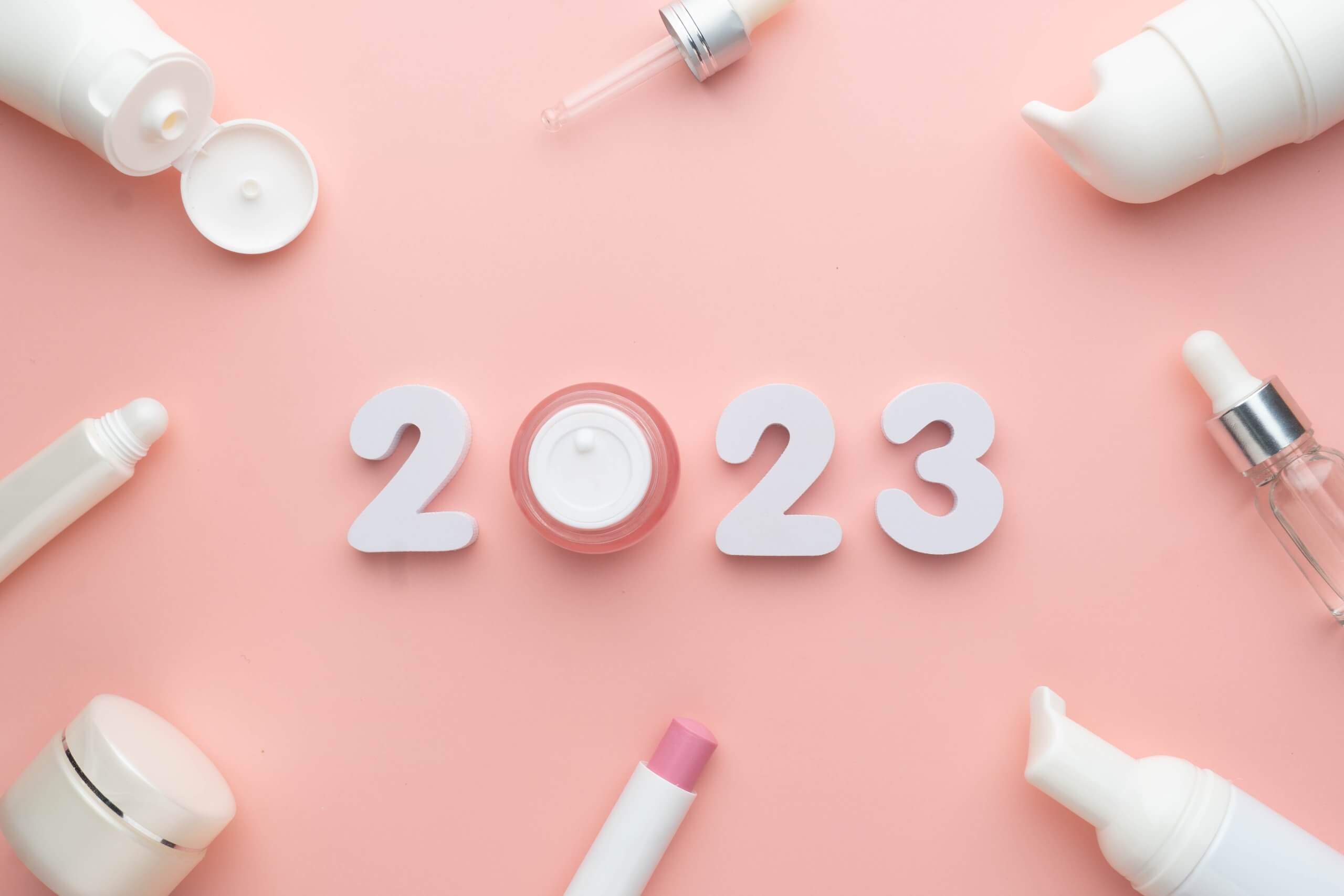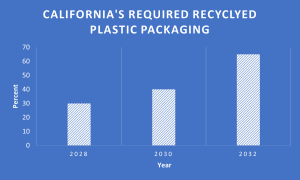Are Current Packaging Trends Aligning with Our Future?
We have seen packaging trends on how products have been transitioning to becoming greener. Packaging trends impact most people around the world as a result, many individuals always look for the best beauty or personal care products that fit their needs. Packing trends tremendously affect the relationship between consumers and brands. Consumers are now investigating if the ideologies of the products are aligned with what they are packaged. Is it environmentally friendly? Does it reduce leakage? Most importantly, does it protect the product’s integrity?
More and more people are not solely worried about what is inside a product but what is on the outside. People are trying to figure out the middle ground on what is individually acceptable. Sustainable packaging is a significant trend many companies are learning to lean more towards.
New Legislation to Begin Shifting Packaging Trends
This year, new legislation has begun being implemented in several countries and has significantly impacted the packaging industry. Companies will force brands to inform their consumers about packaging sustainability improvements.
For example, the U.K Plastic Pact has set the following goals for their country that they would like to accomplish by 2025.
- 100% of plastic packaging recyclable, compostable or reusable.
- 70% of plastic packaging effectively composted or recycled.
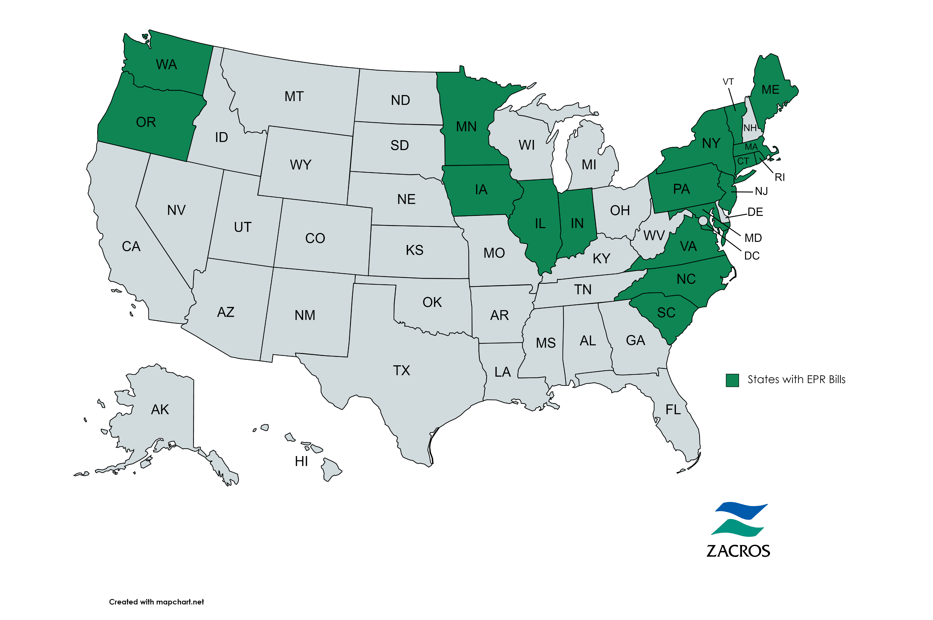
There have been several new packaging trends that have begun in the United States. Laws are not federal and vary by state in the U.S., Maine was the first state to pass EPR laws in 2021 in the U.S., followed by 40 EPR bills across 18 states in the U.S. These are giant steps that have been implemented in the past two years and will only continue to spread across more states in the future.
This new bill signed by Governor Newsom also requires all plastic packaging trends in California to be recycled at the following levels:
California just executed a bill that will change all packaging trends. This affects many sectors, from e-commerce to the single-use polybags used to transport clothes to manufacturers, distributors, and plastic films. The founder and executive director of the National Stewardship Action Council (NSAC), Heidi Sanborn, claims that fashion and beauty have a lot of work to be ready for these new laws.
Reusable and Refillable Are the Way of The Future
The skincare industry has become notorious for its nonreusable products and overpackaging. There’s no disagreement that some skincare packages are too wasteful, whether for packaging or branding purposes. All the more reason that refillable beauty and personal care products have gradually been on the upswing in the last few years. Reusable packaging was found particularly favorable by consumer-packaged goods, with 50% of home care and 48% of personal care companies choosing it as a solution for sustainable packaging. Now that we are in 2023, numerous brands will look at expanding their refillable products.

4 Sustainable Trends for Personal and Home Care Packaging | Jabil
According to a NPD Group report, in the U.K., premium refillable beauty products rose 47% in the first half of 2022. The most crucial part of refillable products is that brands and consumers can join forces to decrease the amount of waste this industry creates.
How to obtain customer loyalty through Packaging Trends?
Refillable beauty and personal care products increase customer loyalty by presenting a unique opportunity. Although sustainable practices bring a rise to customer loyalty, some consumers look at it as a promotional perk. Refills entice consumers since they get the exact same product for a fraction of the price. Brands have subscription deals so that they can retain their customers. It is a win for both parties.
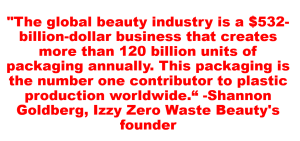
Brightly adds that “57% of consumers are unlikely to buy from a brand if it uses unsustainable packaging”.
Compostable: A Packaging Trend That May Be Something of the Past
In a survey by Jabil, they asked participants which resin types play a significant role in their sustainable packaging strategy. Looking at the chart below, we can see the top choice. Unfortunately, people need to be more convinced that this strategy is the most beneficial for sustainability.
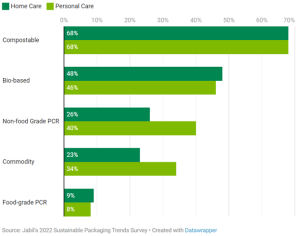
There needs to be more in-home composting to make a difference, and industrial composting seems too new. The polylactic acid (PLA) industry is beginning to retreat from its long-term claim of manufacturing composability and looks to set the material up for recycling and biomaterial claims.
That is a high number as many companies are banking on the material to decompose in the soil. It is almost the same as all the plastic in landfills.
With recycling, everyone must play their part, even the consumer. These tedious mistakes are hurting composters. When collections programs accept compostable products, many times, non-compostable replicas end up in the exact same bins. Then, these materials need to be removed when they are received or as the waste is mixed with the final compost. Either way, the quality of products is degraded, and operation costs rise, which inevitably shows that the compost industry is less economically worthwhile.
Does the Good Outweigh the Bad?
Composters are also struggling to maintain their relationship with organic farmers. Farmers use compost in order to produce the certified organic food that many people depend on. In order to be “USDA Organic,” producers cannot use many different packaging materials when making compost; national standards prohibit this. Inevitably, these composters are not able to sell to organic farmers.
Compostable packaging has good intentions, but the bad outweighs the good, especially when we look at how tedious the process is and how much the entire process costs everyone.
Reevaluation of PCR
Numerous consumers are health conscious, and while deciding about home or personal care products, they refer to the label on the package. Consumers are looking before purchasing their product of choice. In recent times, they have been focusing on the well-being of the package itself.
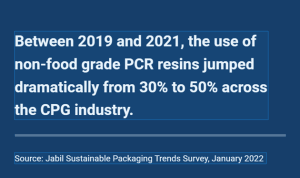
When Consumer Packaged Goods (CPG) packaging is created from recycled substances, “the circular nature of the recycling economy may have the potential to introduce additional chemicals into products,” This was a warning from an EPA study after finding more significant amounts of dyes, fragrances, biocides and solvents in goods made from recyclable materials. Hence, it is pertinent to effectively source PCR materials for personal and home care product packaging.
Domino Effect of PCR and Packaging Trends
“We’ve all felt and seen the consumer awareness for the environmental impacts of plastic really ramp up in the last few years,” said Emily Friedman, Senior Market Editor with Independent Commodity Intelligence Services (ICIS). “The recycled plastics industry, at least in the U.S., was largely built off using it as a cost-sensitive substitution. It was the cheaper material compared to virgin.”
Then, it is a domino effect in how the consumer demand contributes to brand commitments which lead to the increasing demand for PCR. Since the consumer packaging trends are being influenced by brand commitments, it needs to include 25 percent PCR. Also, it ensures that all plastic packaging trends lead to be recyclable or reusable by 2025 or 2030.
“About 145 reprocessing facilities would have to be added in the next three years to achieve a 15 percent PCR in packaging”, Friedman explained. She added that “to double that percentage by 2030, a 46 percent compounded annual growth rate will be needed”. Pretty much, “the output would have to be almost doubled by 2025 and again by 2030.”, explained Friedman.
Keeping these numbers in mind, it makes me wonder if this is even achievable. Everyone would have to do their part, from collection to mechanical recycling.
Gen Zers Are Pressuring Older Generations
A 2020 survey conducted by the BCG that interviewed over 3,000 consumers in 8 countries revealed that 87% of respondents believed that more environmentally friendly services and products would play a key role in shaking a better post-pandemic way of life. These results are from millennials and Gen Z pressuring the older generations for more eco-friendly products.
I hope we all learned about packaging trends primarily associated with beauty and personal care. It will be interesting to see where future packaging trends shifts as everything is changing rapidly.
Refill Pouches
Are you interested in refill pouches? ZACROS has been manufacturing refill pouches for home and personal care products for over 25 years. ZACROS provides a wide range of refill pouches, from a spoutless laminated pouch to a monomaterial spout pouch. We assist with material selections and designs to filling assist. Contact us today to learn more about sustainable refill pouch options.
Flexible Pouch | ZACROS AMERICA
Reference
“4 Sustainable Packaging Predictions for 2023.” Packaging Digest.
“A Message from Composters Serving Oregon.” squarespace.com.
“Aligning PCR supply with demand.” Recycling Today.
“Chemical Characterization of Recycled Consumer Products Using Suspect Screening Analysis.” Environmental Science & Technology, acs.org.
“Governor Newsom Signs Legislation Cutting Harmful Plastic Pollution to Protect Communities, Oceans, and Animals.” California Governor.
“How Packaging Is Vital to Becoming a Home Care Brand with Purpose.” Amcor.
“Refillable Beauty Has Made Its Way to Makeup Bags, Showers, and Beyond.” Brightly.
“Refillable Skincare Is The Sustainable Trend We’ll See More Of In 2023.” glam.com.
“Sustainability Packaging Trends-2022 Survey Report.” jabil.com.
“The Cultural Dimension of Policy and Packaging Sustainability.” plasticstoday.com.
